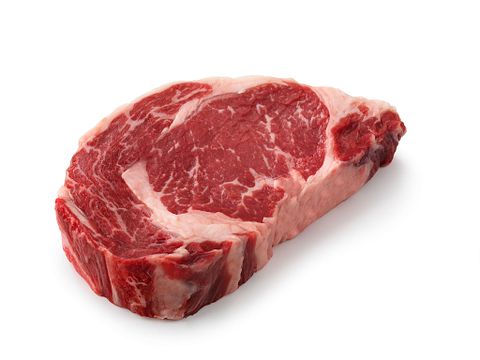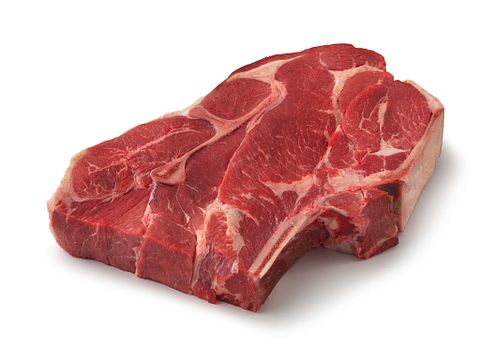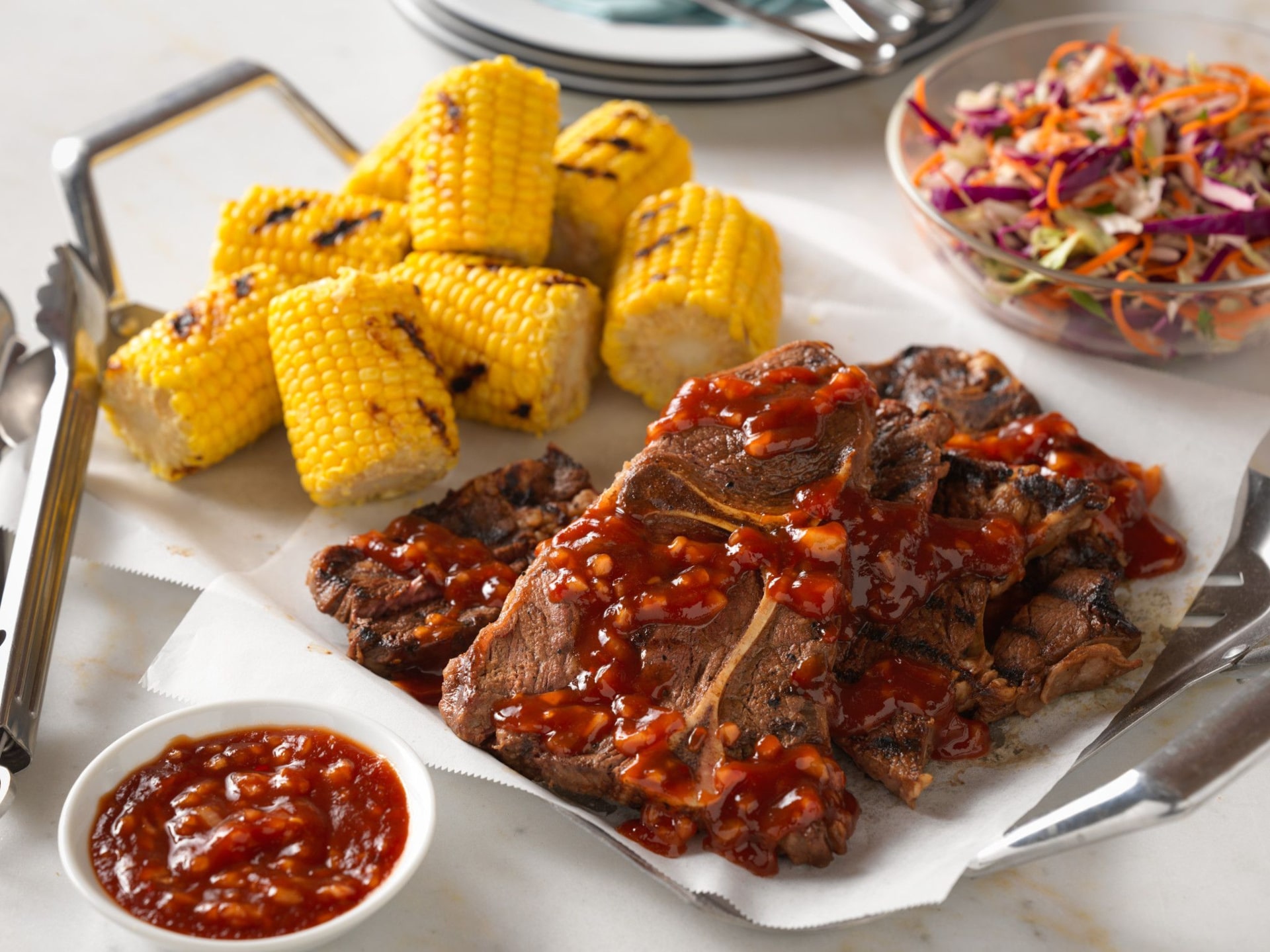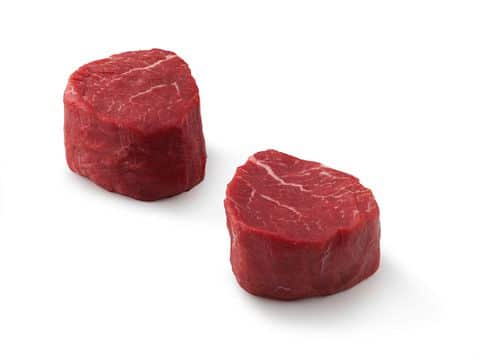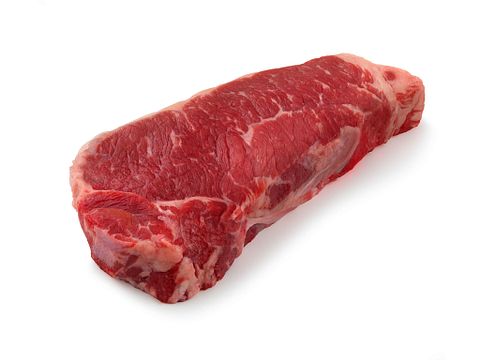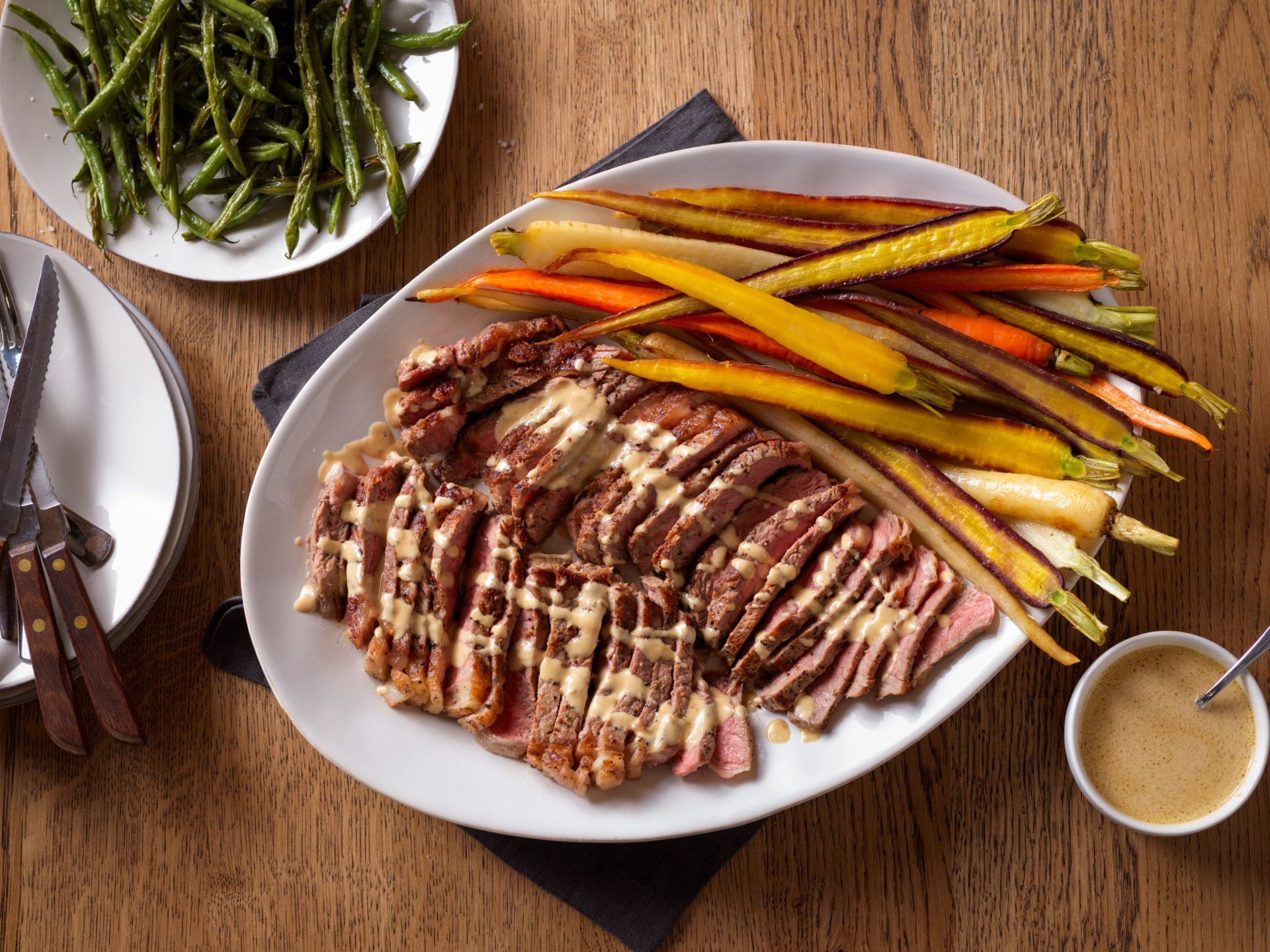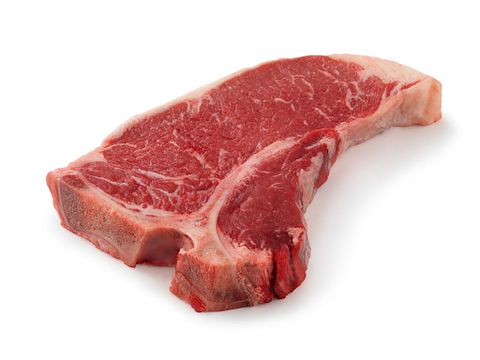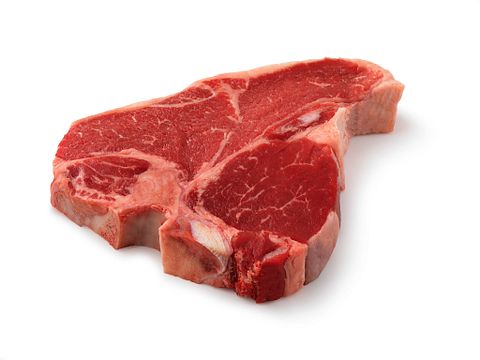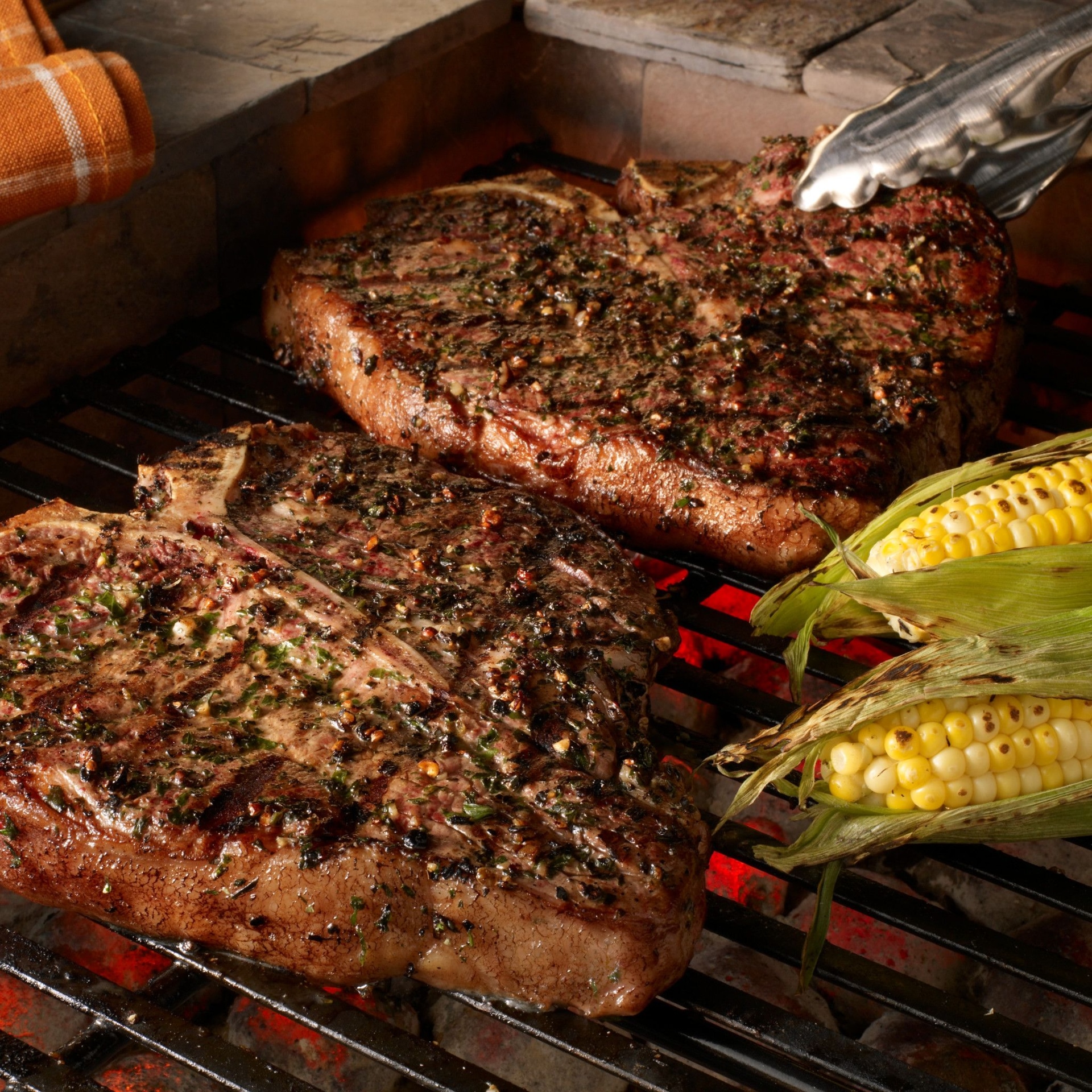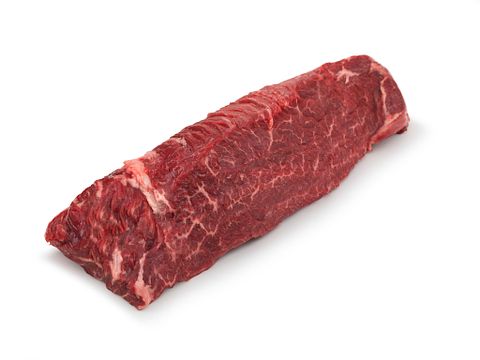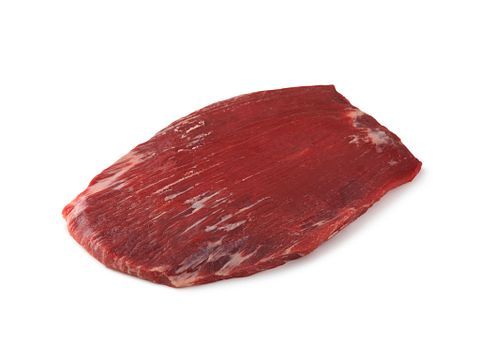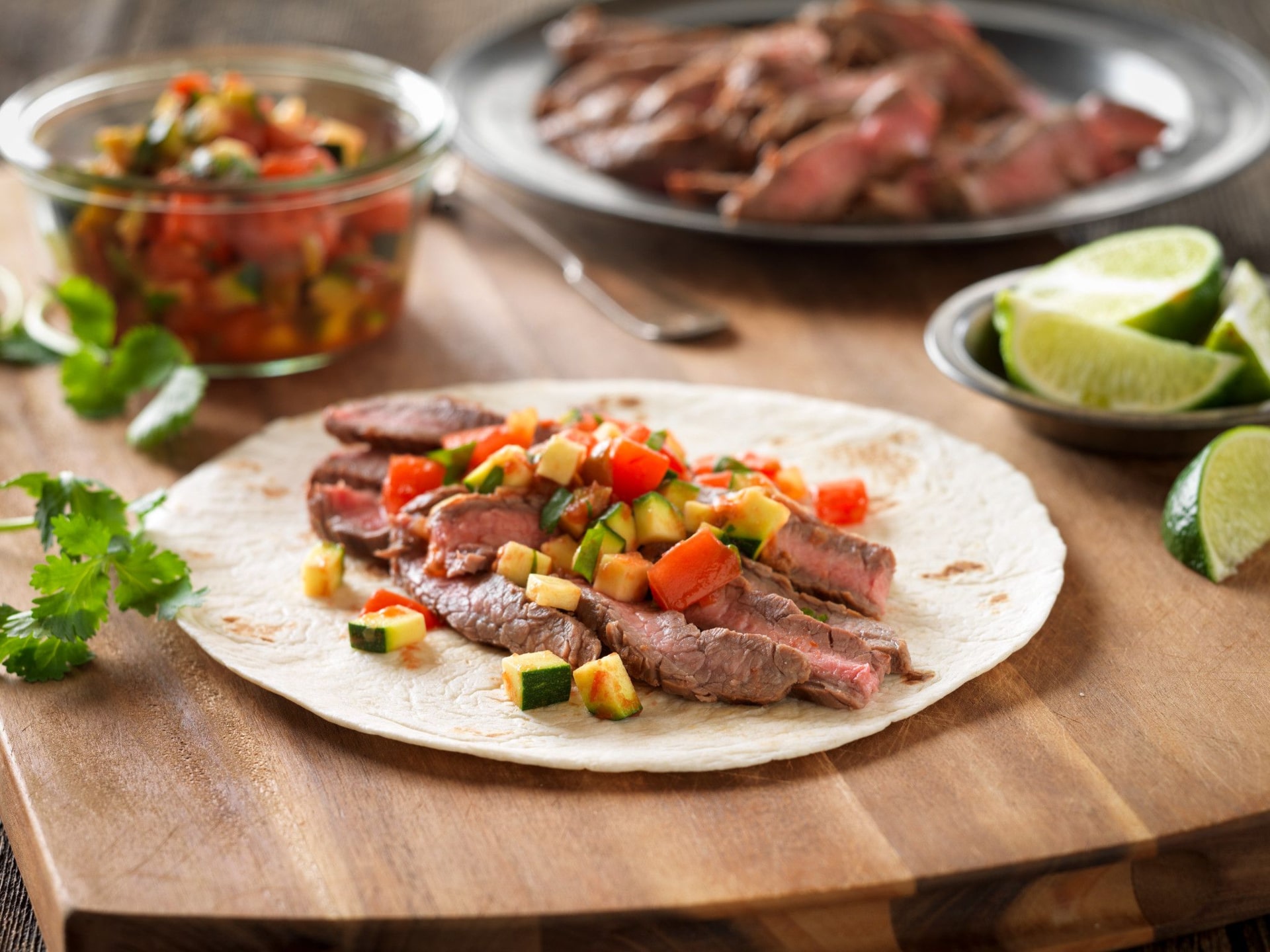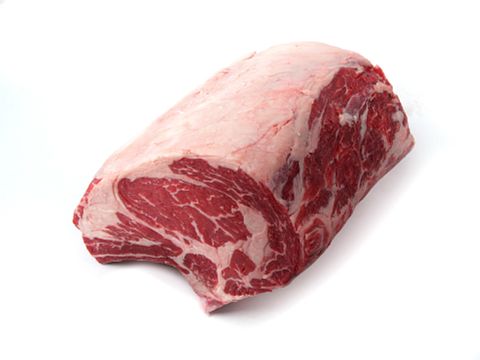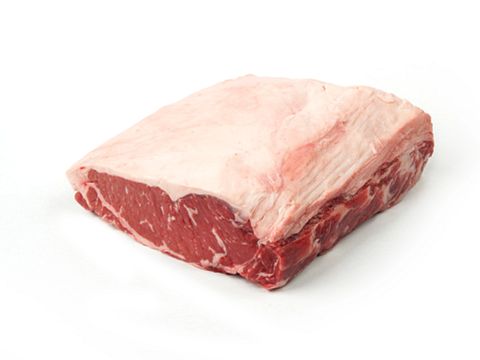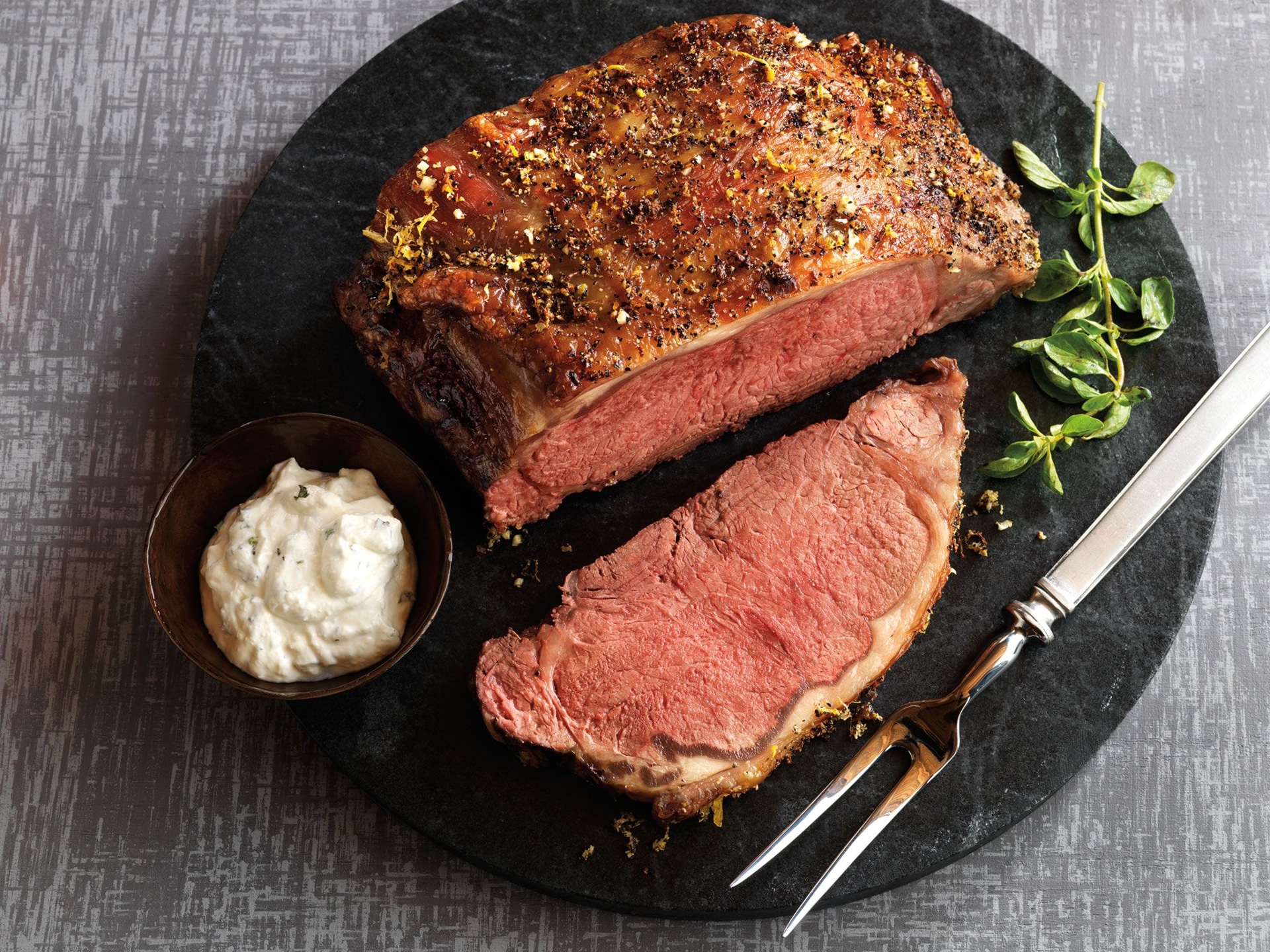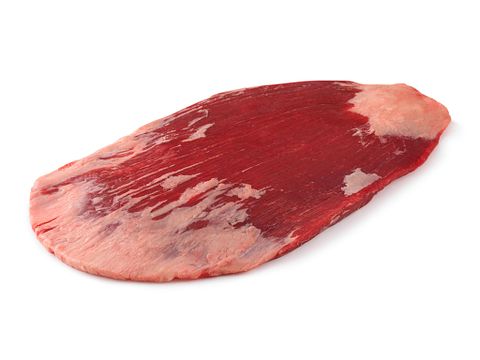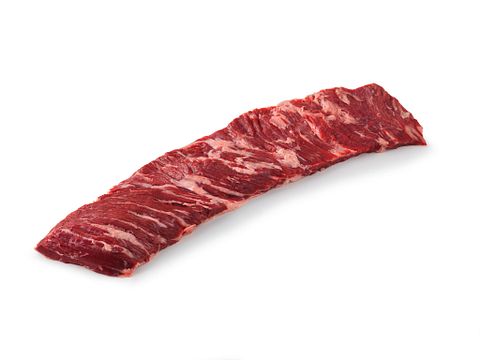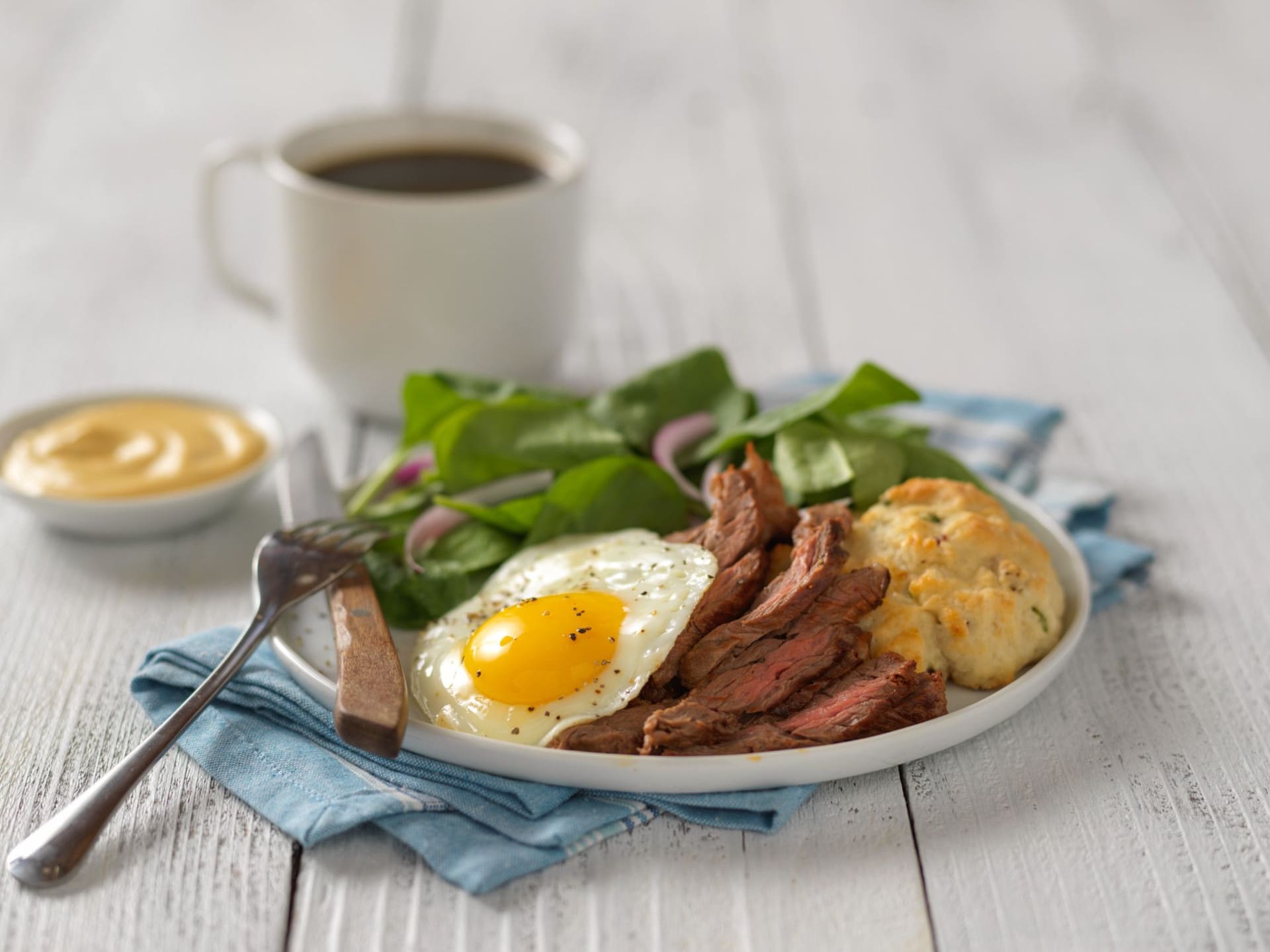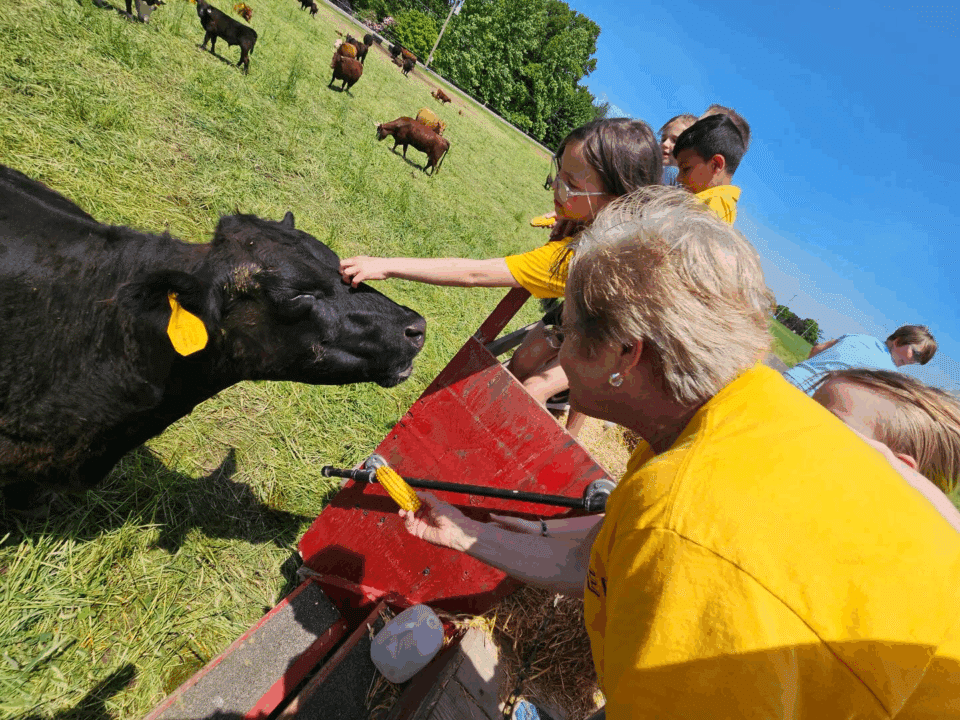To celebrate PA Beef Month this May, we’ve teamed up with the Pennsylvania Beef Council to bring you some great stories and content about this important agricultural product in our state!
We’ve all been there: You’ve got the perfect recipe all picked out, but when you are shopping for the ingredients, the cut of beef that you want isn’t available. Perhaps you’re at the farmers market, and the stand from your local rancher has had a busier day than usual and has sold out of popular cuts. Or, maybe your neighborhood grocery store or butcher shop is still struggling with supply chain issues, and they aren’t as stocked as you expected. Sometimes, you might be looking for a more economical cut of beef that can save you a few dollars per pound.
The good news is that just because you can’t find the exact cut of beef that you’re hoping for doesn’t mean that you can’t forge ahead with the recipe of your choice. Just like you might make creative swaps with other ingredients, there is some wiggle room with beef, and many cuts can easily stand in for others in a pinch.
We’ve put together this helpful guide so you can navigate any unexpected twists and turns on your shopping trips! Here are easy swaps for six common cuts of PA beef:
Ribeye —> Chuck Steak
- Ribeye Steak
- 7-Bone Chuck Roast
Ribeye steaks are known for being well-marbled, rich and full-flavored with a great juicy texture. The bone-in cuts are usually large and impressive (they’re sliced off prime rib roasts) sold bone-in. They can be prepared a number of ways, including grilled, sizzled up in a skillet and added to soups and broiled.
A great substitute for ribeye steaks are chuck steaks, sometimes called “7-bone steak.” These steaks come from the shoulder, close to the rib section where ribeyes are found. This economic cut is known for a balanced ratio of meat and fat, and a delicious flavor. If you are planning to grill, look for the top blade steak, which is quite tender once the gristle is removed; for braising or slower cooking, look for chuck tender steaks.
Filet Mignon —> Strip Steak
- Filet Mignon
- Boneless Strip Steak
This prized cut of beef is best known for its tender, buttery texture and subtle flavor. It’s a lean cut, and is usually sold boneless in a round cut. Whether at restaurants or at home, you can find filet mignon prepared in many ways, including seared in a skillet, broiled and gently cooked sous vide. Because the cut is so lean, other fats, like cheese and bacon, are often added to them.
In place of filet mignon, try a strip steak! This tender cut often comes in larger, thicker cuts than filet mignon rounds, so cooking times may need to be adjusted. Also, because strip steaks aren’t quite as naturally tender as filet mignon, look for the most marbling you can find, and consider adding a step to marinate the steaks before cooking.
T-Bone —> Porterhouse
- T-Bone Steak
- Porterhouse Steak
A T-bone steak, popular in steakhouses for its impressive appearance, is a home-cook favorite for grilling. It is actually two steaks, joined by the eponymous T-shaped bone: a New York strip steak on one side (bold beefy flavor) and filet mignon on the other (mild flavor and tender texture). So, depending on what recipe you’re using, either of those steaks on their own might do the trick.
But, if you are specifically looking for the big, bold presentation of a large steak, consider swapping in a porterhouse. T-bone and porterhouse steaks are actually very similar, but with some technical differences. They both come from short-loin cross-sections. Porterhouse steaks are cut from the rear end of the short loin and include more of that tender, juicy tenderloin steak, with a large strip steak on the other side of the bone. T-bone steaks are cut closer to the front, and contain a smaller section of tenderloin. Porterhouses are also thicker than T-bones by nearly an inch. Keep this size difference in mind when it comes to cooking/resting times.
Hanger Steak —> Flank Steak
- Hanger Steak
- Flank Steak
Sometimes called a butcher’s steak or hanging tenderloin, hanger steaks are beloved for their full beef flavor. They can have a coarse texture, but with proper cooking techniques (which usually includes marination), the meat can become very tender.
If you can’t find hanger steak, flank steak makes a fabulous substitute. Its robust flavor is very reminiscent of hanger steak, though it does tend to be a bit chewier. Flank steak performs best when it’s sliced thinly, and is a great swap for hanger steak in dishes like fajitas and tacos.
Prime Rib Roast —> Top Loin Roast
- Prime Rib Roast
- Top Loin Roast
Ideal for special occasions and holidays, prime rib roast boasts great marbling and a sizable fat cap. This rich and flavorful cut is best prepared in a slow roast, and is often roasted “standing” on the rib bones to keep the meat from touching the pan.
If your market is out of prime rib roast, you can still carry on with your plans for a special feast. Try a top loin roast (sometimes called strip roast) instead! This cut comes from the short loin in the middle of the cow’s back, and it is the roast that generates strip steaks. Much like prime rib roast, it features well-marbled, tender meat and notable fat cap. Bonus: Top loin roast usually costs less than prime rib!
Flank Steak —> Skirt Steak
- Flank Primal
- Outside Skirt Steak
Flank steaks are lean, tender cuts that are usually long and flat in shape. Because they can be tough if improperly cooked, savvy home cooks know to tenderize flank steaks with marinades, cook them on high heat (like the grill) or braise them, and always slice them across the grain.
Skirt steak can step in for flank steak, as it’s also a thin, flavorful cut that, because of its connective tissues, works best cooked over a hot grill and sliced against the grain.
We hope this swapping guide helps to empower you the next time the cut of beef you’re looking for is unavailable! Check out the PA Beef Council’s website for more great information on local beef cuts, as well as an amazing recipe library!
- Photos: PA Beef Council
